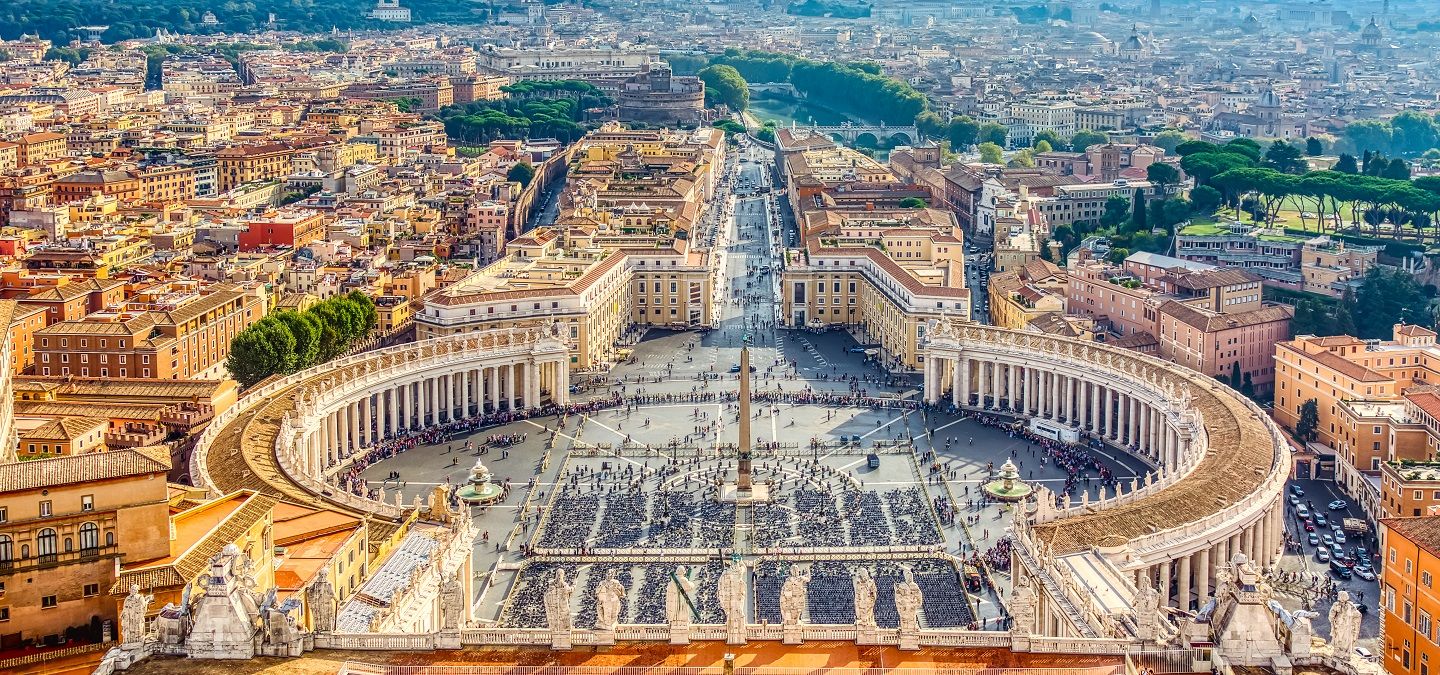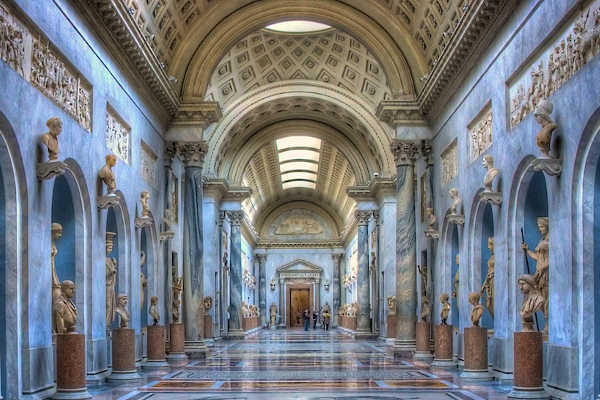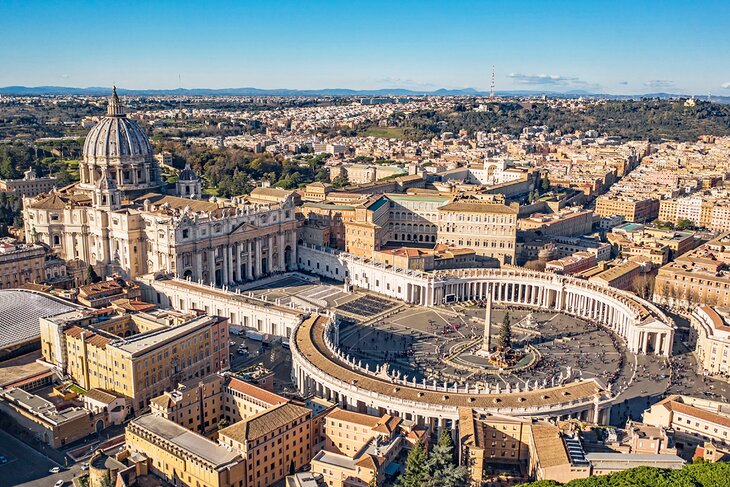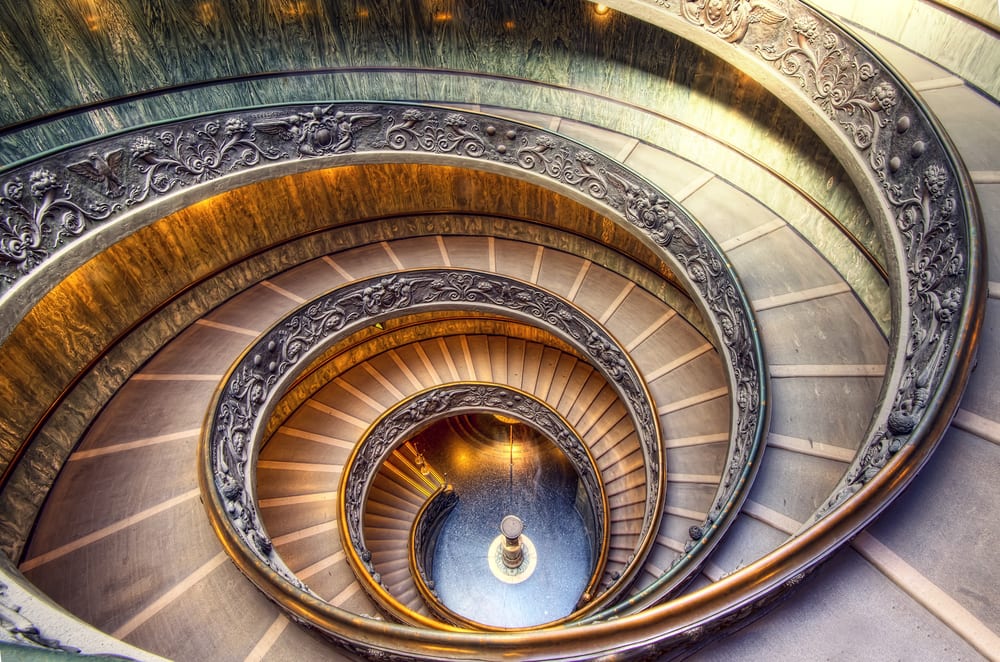The Vatican: A Journey Through History, Faith, and Culture
Introduction:
Nestled within the heart of Rome lies the smallest independent state in the world, the Vatican City. Yet, despite its diminutive size, the Vatican stands as an enduring symbol of immense historical, religious, and cultural significance. Home to the head of the Catholic Church, the Pope, and an unparalleled repository of artistic treasures, the Vatican beckons visitors from across the globe to explore its sacred halls and absorb its rich tapestry of heritage. In this exploration, we embark on a journey through the storied history, profound faith, and captivating culture that define the Vatican.
I. Origins and Foundation:
The roots of the Vatican trace back to ancient times when the area was known as Vatican Hill. Initially a desolate marshland on the outskirts of Rome, Vatican Hill gained prominence with the construction of St. Peter's Basilica atop the supposed burial site of Saint Peter, one of Jesus Christ's apostles. Over the centuries, this sacred site evolved into the nucleus of the Catholic Church and the seat of its spiritual authority. In 1929, the Lateran Treaty formally established the Vatican City as an independent state, solidifying its status as the sovereign territory of the Holy See.
II. Spiritual Center:
At the heart of the Vatican's identity is its role as the spiritual epicenter of the Catholic faith. The Vatican serves as the residence of the Pope, who is revered by millions of Catholics worldwide as the Vicar of Christ and the spiritual leader of the Church. From the grandeur of St. Peter's Square, where faithful pilgrims gather to receive the Pope's blessings, to the solemnity of the Sistine Chapel, where Papal conclaves elect new pontiffs, every corner of the Vatican resonates with the echoes of centuries-old traditions and profound religious devotion.
III. Architectural Marvels:
The Vatican's architectural splendor reflects the artistic prowess of countless master craftsmen and architects throughout history. St. Peter's Basilica, with its awe-inspiring dome designed by Michelangelo, stands as a testament to Renaissance brilliance and remains one of the largest churches in the world. The Vatican Museums, comprising a labyrinthine network of galleries and halls, house an unparalleled collection of priceless artworks spanning millennia. Among the Vatican's architectural treasures, the Sistine Chapel stands out as a masterpiece of Renaissance artistry, adorned with Michelangelo's iconic frescoes depicting scenes from the Bible.
IV. Cultural Heritage:
Beyond its religious significance, the Vatican is a bastion of cultural heritage, preserving and promoting artistic expression in its myriad forms. The Vatican Museums boast an eclectic array of artistic treasures, including classical sculptures, Renaissance paintings, and intricate tapestries, amassed over centuries by popes and patrons alike. Notable highlights include Raphael's exquisite frescoes in the Raphael Rooms and the renowned Apollo Belvedere sculpture. Moreover, the Vatican's commitment to cultural diplomacy extends beyond its walls, as evidenced by its extensive cultural exchange initiatives and collaborations with institutions worldwide.
V. Contemporary Challenges:
Despite its enduring legacy, the Vatican grapples with a host of contemporary challenges in the modern era. From the ongoing reforms aimed at enhancing transparency and accountability within the Church to addressing issues of social justice and global inequality, the Vatican faces multifaceted pressures in an ever-changing world. Moreover, navigating the complexities of geopolitics and interfaith dialogue presents additional hurdles for the Vatican in its quest to uphold its principles of peace, justice, and solidarity on the global stage.
VI. Pilgrimage and Tourism:
Each year, millions of pilgrims and tourists flock to the Vatican, drawn by the allure of its sacred sites and cultural treasures. For devout Catholics, a pilgrimage to the Vatican represents a deeply spiritual journey, a chance to deepen their faith and connect with the living history of their religious tradition. Meanwhile, tourists from all walks of life marvel at the splendor of St. Peter's Basilica, the grandeur of the Vatican Museums, and the solemnity of the Papal audience, leaving indelible impressions of awe and reverence.
VII. Ecclesiastical Governance:
Central to the Vatican's function is its ecclesiastical governance, which encompasses a complex network of administrative bodies responsible for overseeing the affairs of the Catholic Church. At the apex of this hierarchical structure is the Pope, who exercises supreme authority over matters of doctrine, discipline, and governance. Supporting the Pope are various congregations, councils, and tribunals, each tasked with specific responsibilities ranging from liturgical affairs to the promotion of social justice. Together, these ecclesiastical institutions form the backbone of the Church's organizational framework, ensuring the cohesion and coherence of its global mission.
VIII. Interfaith Dialogue:
In an increasingly interconnected world marked by cultural diversity and religious pluralism, the Vatican plays a pivotal role in fostering dialogue and cooperation among different faith traditions. Through interfaith initiatives and diplomatic engagements, the Vatican seeks to promote mutual understanding, respect, and reconciliation among adherents of diverse religious beliefs. Interreligious dialogue has emerged as a cornerstone of the Vatican's efforts to address pressing global challenges, including conflict resolution, environmental stewardship, and humanitarian assistance, underscoring the importance of transcending religious divides in pursuit of common goals and shared values.
IX. Social Justice and Advocacy:
Aligned with its moral imperative to promote the dignity and rights of every human person, the Vatican actively engages in advocacy and social justice initiatives aimed at addressing systemic injustices and alleviating the suffering of the marginalized and vulnerable. Through encyclicals, papal pronouncements, and pastoral initiatives, the Vatican articulates a comprehensive vision of social justice rooted in the principles of solidarity, subsidiarity, and the common good. Issues such as poverty alleviation, human trafficking, migrant rights, and environmental sustainability feature prominently on the Vatican's agenda, reflecting its commitment to advancing a more just and equitable world.
X. Technological Innovation:
In an era marked by rapid technological advancements and digital transformations, the Vatican has embraced innovative technologies as tools for evangelization, communication, and outreach. From the establishment of official Vatican websites and social media platforms to the launch of mobile applications and virtual reality experiences, the Vatican leverages digital platforms to engage with audiences worldwide and disseminate its message of faith and hope. Moreover, the Vatican actively collaborates with tech companies, academic institutions, and civil society organizations to harness the potential of emerging technologies for the greater good, exemplifying its adaptability and relevance in an ever-evolving digital landscape.
XI. Environmental Stewardship:
Recognizing the urgency of environmental degradation and climate change, the Vatican has emerged as a leading voice for environmental stewardship and sustainable development. Inspired by the teachings of Pope Francis's landmark encyclical "Laudato Si'," the Vatican advocates for a holistic approach to environmental conservation that integrates ecological, economic, and ethical considerations. Through educational initiatives, advocacy campaigns, and interfaith partnerships, the Vatican seeks to raise awareness about the interconnectedness of all creation and the moral imperative to safeguard the planet for future generations. By championing environmental justice and promoting ecological conversion, the Vatican exemplifies its commitment to upholding the integrity of God's creation and fostering a culture of care and respect for the natural world.
Conclusion:
In conclusion, the Vatican's multifaceted engagement with contemporary challenges reflects its enduring relevance and adaptability in a rapidly changing world. From its role as a spiritual center and cultural repository to its advocacy for social justice and environmental stewardship, the Vatican continues to inspire and influence global discourse on matters of faith, ethics, and human dignity. As the custodian of a rich heritage and a moral beacon for humanity, the Vatican invites individuals of all faiths and backgrounds to join in solidarity and collaboration, forging a shared path towards a more just, compassionate, and sustainable future.

















































